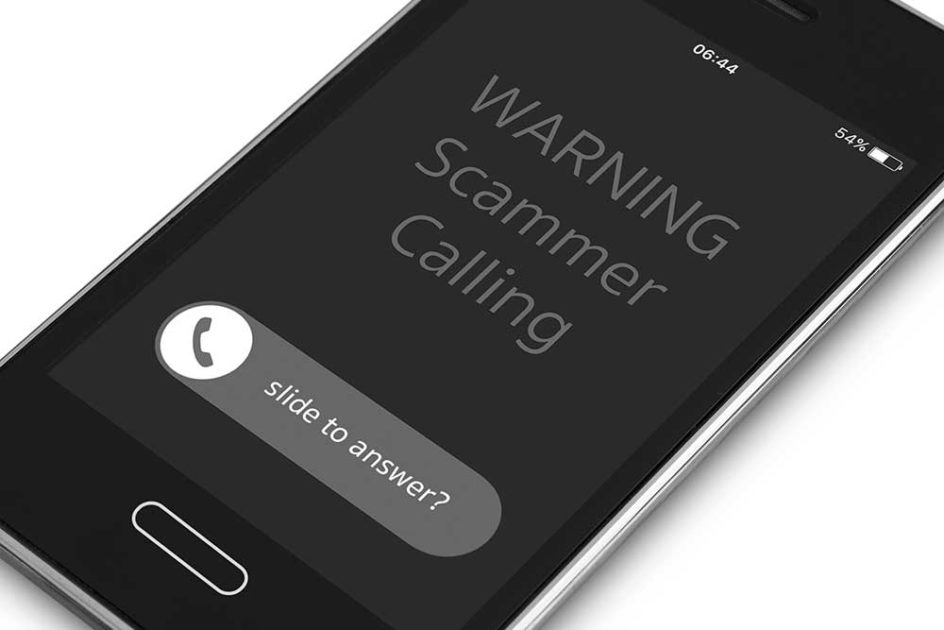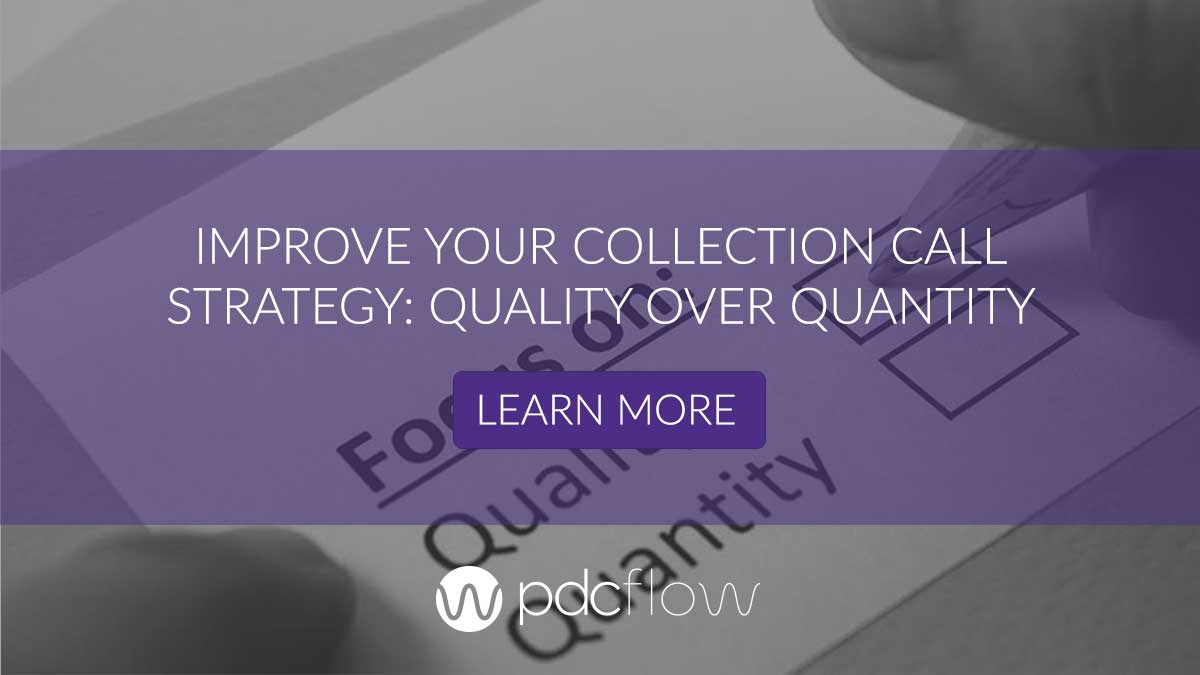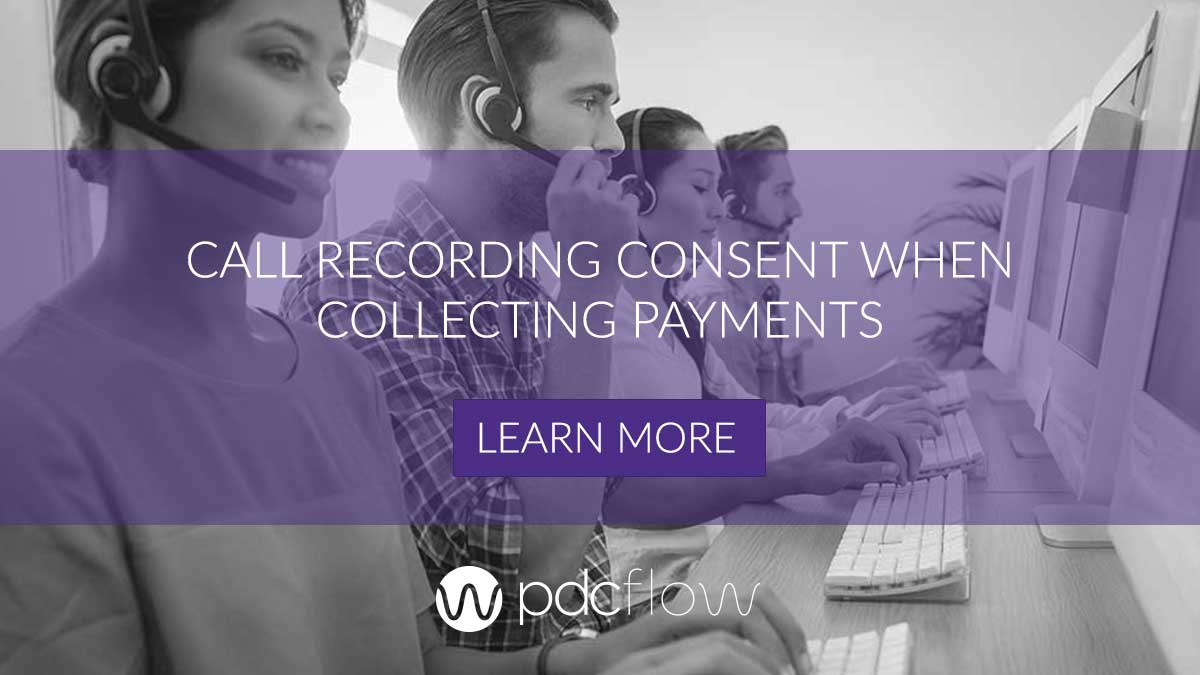This blog post is based on information discussed in a recent California Association of Collectors (CAC) webinar and was co-authored by Neustar.
Spam tagging and call blocking are causing a huge problem in debt collections. In the last two years, collection agencies have seen a drastic increase in their legitimate calls being blocked or mislabeled with Spam overlays. Shawn Suhr, the CEO of Continental Credit Control and President-Elect of the CAC recognized this issue within his own agency and began a mission to learn more about the call blocking system.
In the past few years, Suhr has seen an 80% drop in Right Party Contact on the most-used phone numbers in his agency, which led him to dive deep to figure out why. “My goal is to bring industry experts together to share what they are seeing and what solutions are out there,” says Suhr. “As well as to share some of my story as it mirrors so many other agencies’ plights to restore RPCs.”
As part of this effort, Suhr led a webinar through the CAC focused on call blocking. He and David Kaminski of Carlson & Messer LLP, Will Turner of Neustar, and Todd Santa Maria of VoApps covered the basics of call blocking, phone reputation and how to combat call mislabeling.
Phone Reputation Scores
A phone number’s reputation is impacted by the beliefs or opinions others have about a caller’s intent. If calls from a number are believed to be malicious (or even personally irritating or unwanted), the call may be overlaid with a Scam or Spam tag. The warning tags displayed to the consumer vary by carrier, and are determined by the risk level calculated by the reputation score.
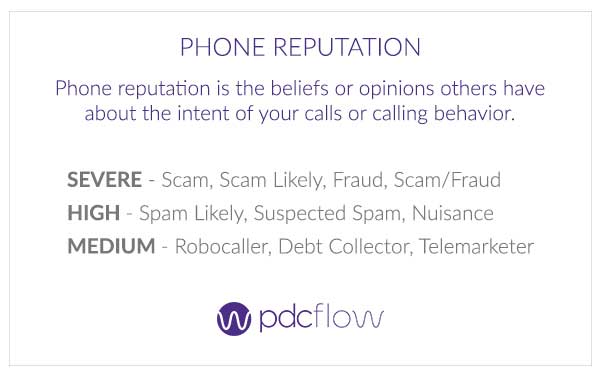
Reputation Score Inputs
Analytics companies help identify potentially harmful numbers to warn consumers on incoming calls. Each company has created its own system for rating phone reputation based on three main inputs:
Historical vs. Current Call Behavior - If outbound call volume drastically increases over the span of a few days, that number is much more likely to be flagged.
Historical Complaint Data - The more complaints filed with the FCC against a number, the higher the likelihood of a scam rating.
Crowd-Sourced Feedback - When consumers block a call through their phones or a call blocking app, that feedback can be used for other consumers. If a certain phone number is widely blocked, it may downgrade the phone reputation, causing a negative label.
The intent with phone reputation is to identify risky phone numbers and keep consumers safe from predatory behavior. However, these models haven’t been calibrated to the debt collection industry. This is why collection phone numbers – which can resemble scam number behaviors due to call volume patterns and consumer complaints – are being mislabeled.
Another challenge with phone reputation score models is their inconsistency. Because analytics companies interpret the information differently, your agency’s phone numbers can be assigned different tags by each company. How the label appears is impacted by the carrier a consumer uses, the age and style of their individual mobile device or landline phone.
Combatting Call Blocking and Mislabeling
There are multiple approaches debt collection companies can take to maintain or improve your phone reputation to mitigate incorrect call blocking, Spam tagging and Call mislabeling:
- Routinely audit phones for caller ID naming and Spam tagging
- Optimize caller ID naming to restore trust and reduce complaints
- Register verified business telephone numbers
- Register inbound-only numbers to prevent fraudulent use of Do-Not-Originate (DNO) numbers
- Maintain outbound call volume consistency by telephone number
- Distribute call volumes across more numbers
- Cautiously rotate originating numbers
- Use contactability scores to reduce calls to wrong parties
Call Authentication Standards
To help protect consumers from scam calls and illegal robocalls, the Federal Communications Commission (FCC) have tasked phone carriers to adopt STIR / SHAKEN caller ID authentication standards by the end of this year.
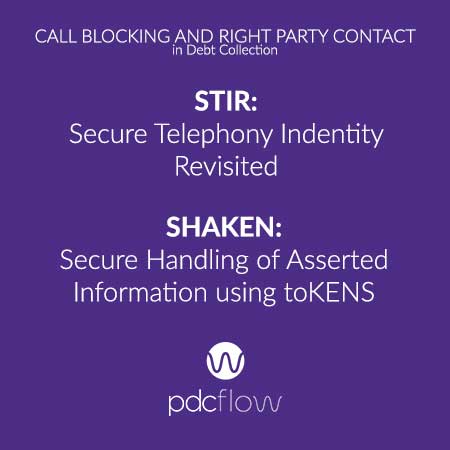
These standards enable phone carriers to verify phone calls are in fact coming from the source that has the right to use the number listed on the phone’s caller ID. Calling numbers not authenticated are ones that may have been spoofed. The CAC webinar panel emphasized call authentication will be another data point phone reputation scores will use in their call blocking and tagging models.
Spam Labeling: Effect On Direct to Voicemail and Text
In the event that one or more of your agency’s phone numbers are already being blocked through service providers or downloaded apps, there are a few things to keep in mind.
- The experience to the consumer varies by telephone carrier, device and what call blocking software has been pre-loaded or downloaded on the device
- Some call blocking applications send incoming calls directly to voicemail
- Voicemails can be labeled as spam/scam/robocall if the number has a negative reputation score
- Voicemail can be categorized in a specific folder. If your call is blocked, the folder your message ends up in may never be heard
- Text blocking apps exist but are not widely used, and typically just label the message based on the number
For an easy-access reference to call blocking and right party contacts, download the guide.
Download Call Blocking and Right Party Contact Guide:
About Neustar
Neustar, Inc., is a leading global information services provider driving the connected world forward with responsible identity resolution. As a company built on a foundation of Privacy by Design, Neustar is depended upon by the world’s largest corporations to help grow, guard and guide their businesses with the most complete understanding of how to connect people, places and things. Neustar’s unique, accurate and real-time identity system, continuously corroborated through billions of transactions, empowers critical decisions across our clients’ enterprise needs. Neustar is the industry leader in Caller Identification solutions, co-author of the STIR standards, key contributor to the SHAKEN framework, and serves as the exclusive host of the industry's Robocall Testbed. More information is available at www.home.neustar.

